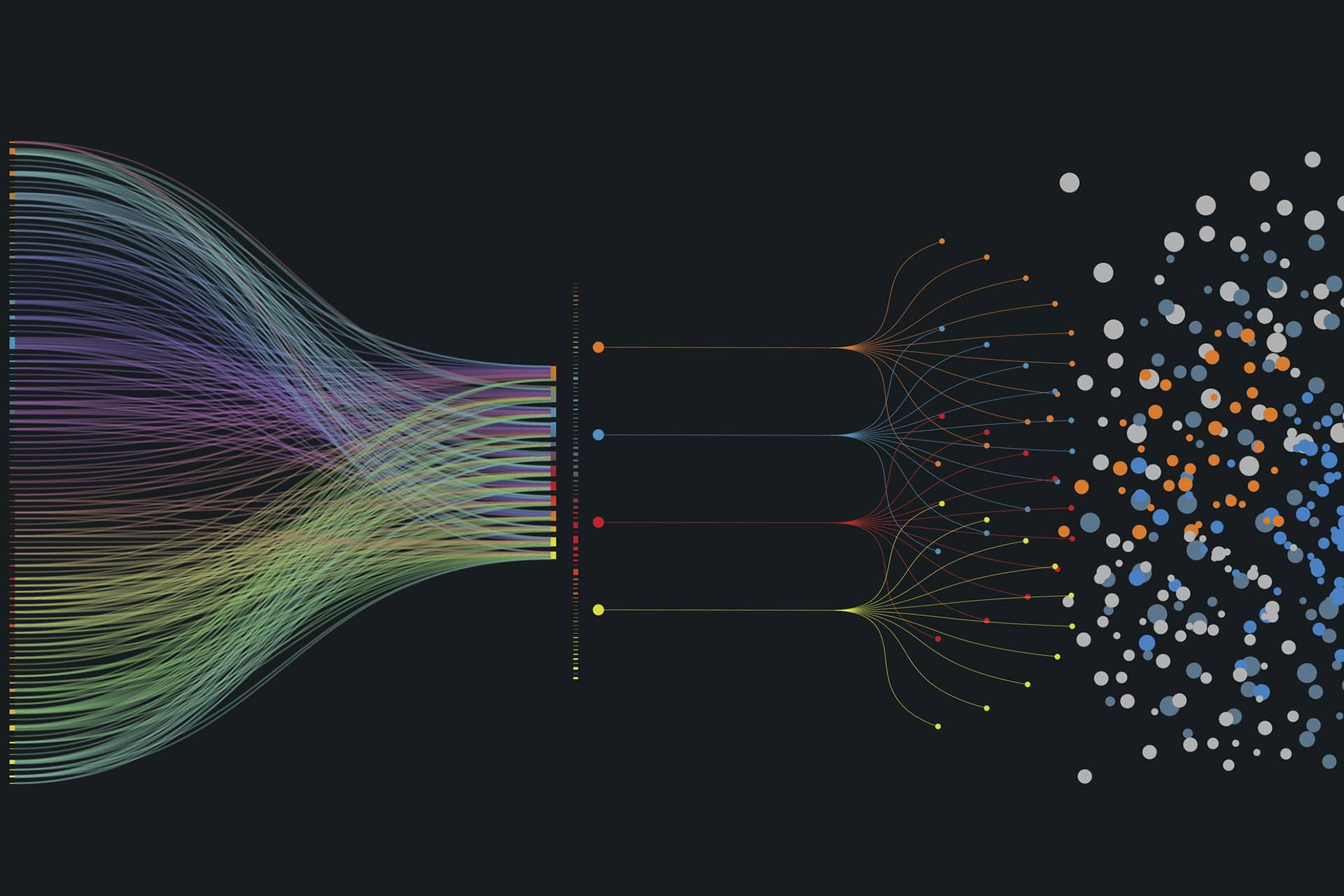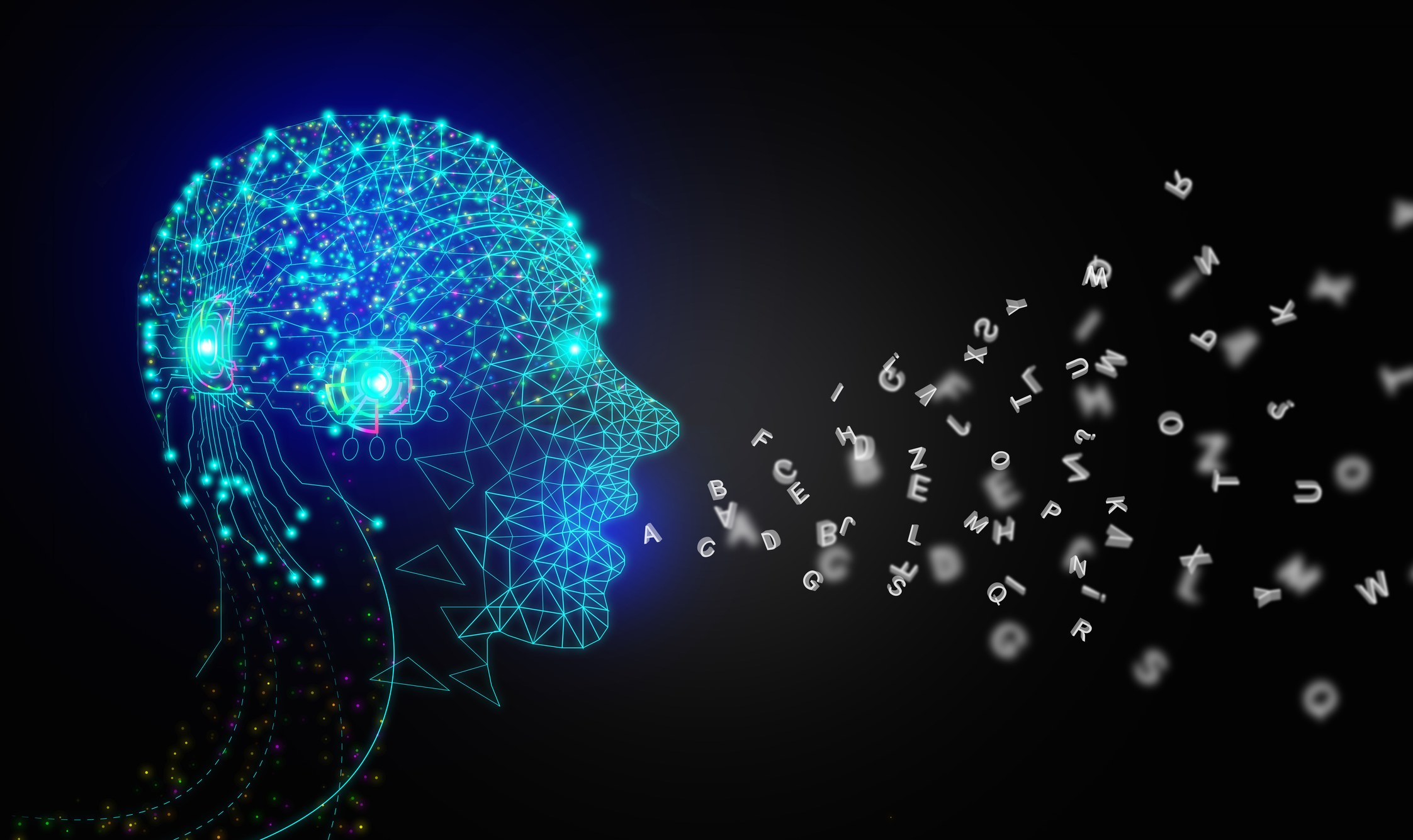In an era of increasingly globalized engineering collaborations, the translation of engineering drawings plays a pivotal role in ensuring the seamless execution of cross-border projects.
1.Key Characteristics of Engineering Drawing Translation
High Specialization
Engineering drawing translation spans multiple disciplines, including mechanical engineering, electrical engineering, architecture, and chemical engineering. Translators must possess specialized knowledge and a robust repository of industry-specific terminology. Each discipline employs distinct linguistic and symbolic systems, necessitating familiarity with these nuances to ensure accurate translation.
Stringent Accuracy Requirements
Engineering drawings serve as critical references for construction and manufacturing processes. Translation accuracy directly impacts project quality and timelines. Even minor errors can lead to misinterpretations or construction mistakes, underscoring the need for meticulous precision.
Complex Formatting and Layout Preservation
Engineering drawings adhere to specific formatting and layout conventions. Translators must maintain the original formatting—including text placement, font sizes, and line styles—to ensure readability and operational integrity.
2.Translation Workflow
Project Assessment
Upon receiving an engineering drawing translation task, evaluate the drawing type, technical domain, complexity, and volume. Develop a tailored translation plan and quotation based on these assessments.
Terminology Preparation
Compile and organize specialized terminology from the engineering drawings. Establish a terminology database to ensure consistency and accuracy. For emerging technical terms, conduct in-depth research and validation.
Translation Execution
Translate the engineering drawings while adhering to industry-specific norms and requirements. Prioritize maintaining the original formatting and layout to ensure alignment between the source and translated documents.
Proofreading and Review
Engage professional proofreaders to review the translated content. Verify translation accuracy, terminology consistency, and formatting compliance. Revise and refine any identified issues.
Quality Control
Implement a robust quality control system to monitor the translation process and output. Ensure compliance with client specifications and industry standards.
3. Artlangs Translation’s Credentials
Certified Member of the Translators Association of China (TAC)
Certified Member of the American Translators Association (ATA)
ISO 9001: Quality Management System Certification
ISO 27001: Information Security Management Certification for Software and Business Translations
ISO 13485: Medical Device Translation Certification











